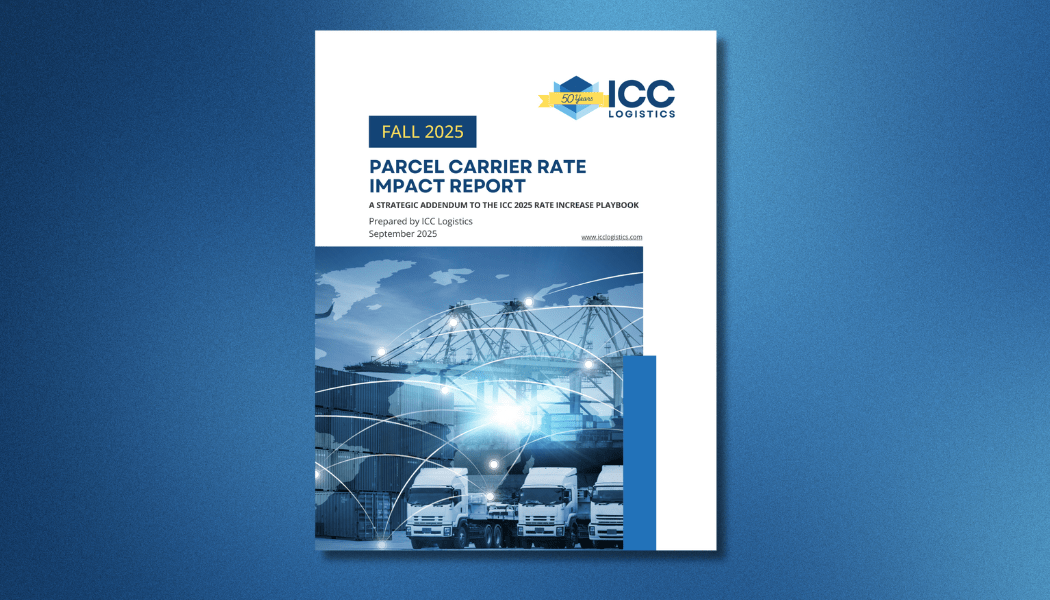If there’s one constant in logistics, it’s change — and lately, it feels like it’s happening faster than ever. Carriers are adjusting rates midyear, tweaking dimensional weight rules, and introducing new surcharges without much warning.
Shippers who wait to react to these changes end up chasing costs. The ones who win: They plan for them.
That’s where having a logistics playbook makes all the difference.
Why Reactive Doesn’t Cut It Anymore
Too many teams discover cost increases after the invoices arrive. By then, budgets are blown, and negotiating power is gone.
When you’re reacting instead of planning, it’s easy to miss:
- Hidden spend creeping into accessorials and zone shifts
- Carrier contract terms that quietly dilute over time
- Recurring invoice errors that slip through without audit checks
These aren’t small hits — they add up to real profit loss.
The Playbook Approach
A proactive logistics playbook turns those surprises into strategy. It’s not a one-time plan — it’s a system you update, test, and use to stay ahead of carrier behavior and market shifts.
Here’s what it looks like in practice:
1. Keep a Pulse on Rate Impact
Don’t just track GRIs — watch the midyear adjustments. From fuel index shifts to new surcharge tiers, these changes can quietly erode your margins if you’re not monitoring them monthly.
2. Turn Audits into Intelligence
Freight and parcel audits aren’t just about catching mistakes. They tell you where and why costs are creeping up — and what leverage you have for your next negotiation.
3. Benchmark Constantly
Contracts age fast. Benchmarking your rates and terms against the broader market keeps your pricing competitive and your carriers accountable.
4. Model “What If” Scenarios
What if your most-used service lane gets reclassified next quarter? What if a new surcharge hits in December? Scenario modeling gives you answers before you’re stuck paying for them.
5. Review and Adjust
Your logistics playbook should evolve just like your shipping patterns do. Build in quarterly reviews and data checkpoints so you’re always refining your strategy — not reacting to last quarter’s surprises.
Proactive = Profitable
Moving from reactive to proactive isn’t just about cost control. It’s about building leverage, visibility, and resilience into your logistics operation.
When you can anticipate changes before they hit, you negotiate smarter, budget with confidence, and protect your bottom line.
Ready to Build Your Playbook? Start here:
Our team just released the 2025 Parcel Carrier Rate Impact Report, breaking down the latest UPS and FedEx cost changes — including dimensional weight rounding, fuel index hikes, and peak season surcharge updates.
Use it as your foundation for planning smarter this year.
👉 Download the 2025 Parcel Carrier Rate Impact Report and start turning carrier changes into opportunities.
Additional Resources:
FedEx and UPS 2025 Rate Increase Playbook
The Strategic Value of Auditing Freight, Parcel, and Carrier Contracts
Understanding Hidden Shipping Fees: A Guide to Surcharge Recovery and Cost Control
What’s The Process For Negotiating Better Freight Terms?
How to Stop Carriers from Taking Back Your Parcel Discounts



 to receive our FREE white papers:
to receive our FREE white papers: